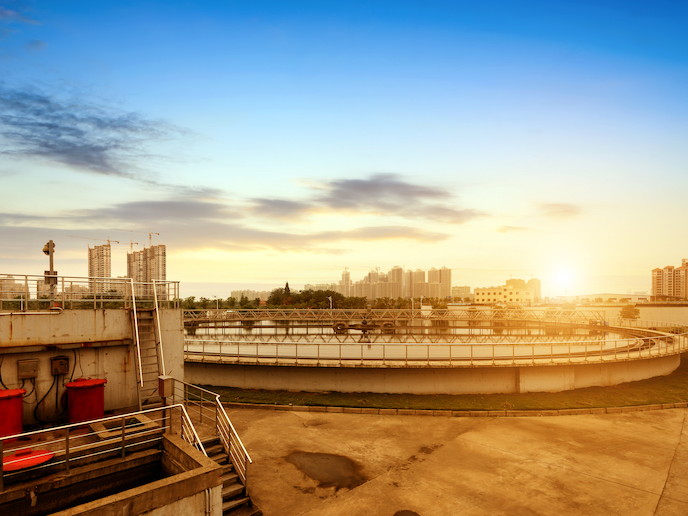A new smart system helps sniff out bad smells
Landfill sites, water treatment plants, paper mills and food factories are just some of the causes of odours, a growing problem in urban settlements in Europe and almost as distressing as noise. Odour emissions need not be such a nuisance, however, thanks to an on-demand system for monitoring and sampling the air, developed by EU project ODORPREP. The system is the first to incorporate feedback from local people with fast laboratory testing, meeting the latest EU standards on what constitutes a bad smell in the air. Italian company www.labservice.it (LabService Analytica) developed and tested the system in its home country and is now selling its system to local authorities and environmental consultancies. “There was nothing on the market before that was capable of integrating all the relevant empirical methods into a single solution,” said Dr Ivano Battaglia, chief executive of LabService Analytica, which coordinated the project, partnering with the University of Bari. “The scientific community wanted an objective approach to determine the concentration levels of odorous emissions.” Often if residents living near a factory complain of bad smells, they do so by contacting their local council or the environmental authority, and by the time an inspector makes a site visit, the smell is gone. The ODORPREP developers created a phone application to allow residents to report a bad smell the instant they detect it. Automatically, the nearest ODORPREP unit based in the resident’s neighbourhood takes a sample of the air and stores it in a bag ready for a technician to collect it. The system alerts the laboratory to collect the bag and contacts the factory, which takes its own sample to crosscheck the data. On the basis of verifiable data checked at the laboratory and the factory, action can be taken to solve the problem causing the bad smell, as this cartoon shows. The whiff of a problem ODORPREP also developed an ‘electronic nose’ – ancillary sensors that can predict concentrations of chemicals in the air that will be offensive to the human nose. These electronic noses are ‘trained’ on specific sites, using results from the samples taken by the ODORPREP system, to report levels of air concentration back to a central control centre. That means continual monitoring of air can be carried out and problems quickly spotted without a complaint being made. The developers carried out tests in Taranto, southern Italy. The first in 2014 helped residents show environmental authorities they needed to intervene at an industrial area causing pollution. The University of Bari published a paper on the ODORPREP solution, confirming its sampling method was as good as public air quality monitoring stations but faster and more affordable. The following year, ODORPREP introduced its system in partnership with Italcave at the company’s Non-Hazardous Disposable Waste Factory. The partners showed the system could be adapted to any type of site. It monitored the air quality to ensure odours produced by the factory’s biogas production could be contained. “The EU funding gave us the time and the resources to develop the IoT infrastructure and its related software that as an SME alone we wouldn’t have had,” said Dr Battaglia.”
Keywords
ODORPREP, odours, electronic nose, waste factory







